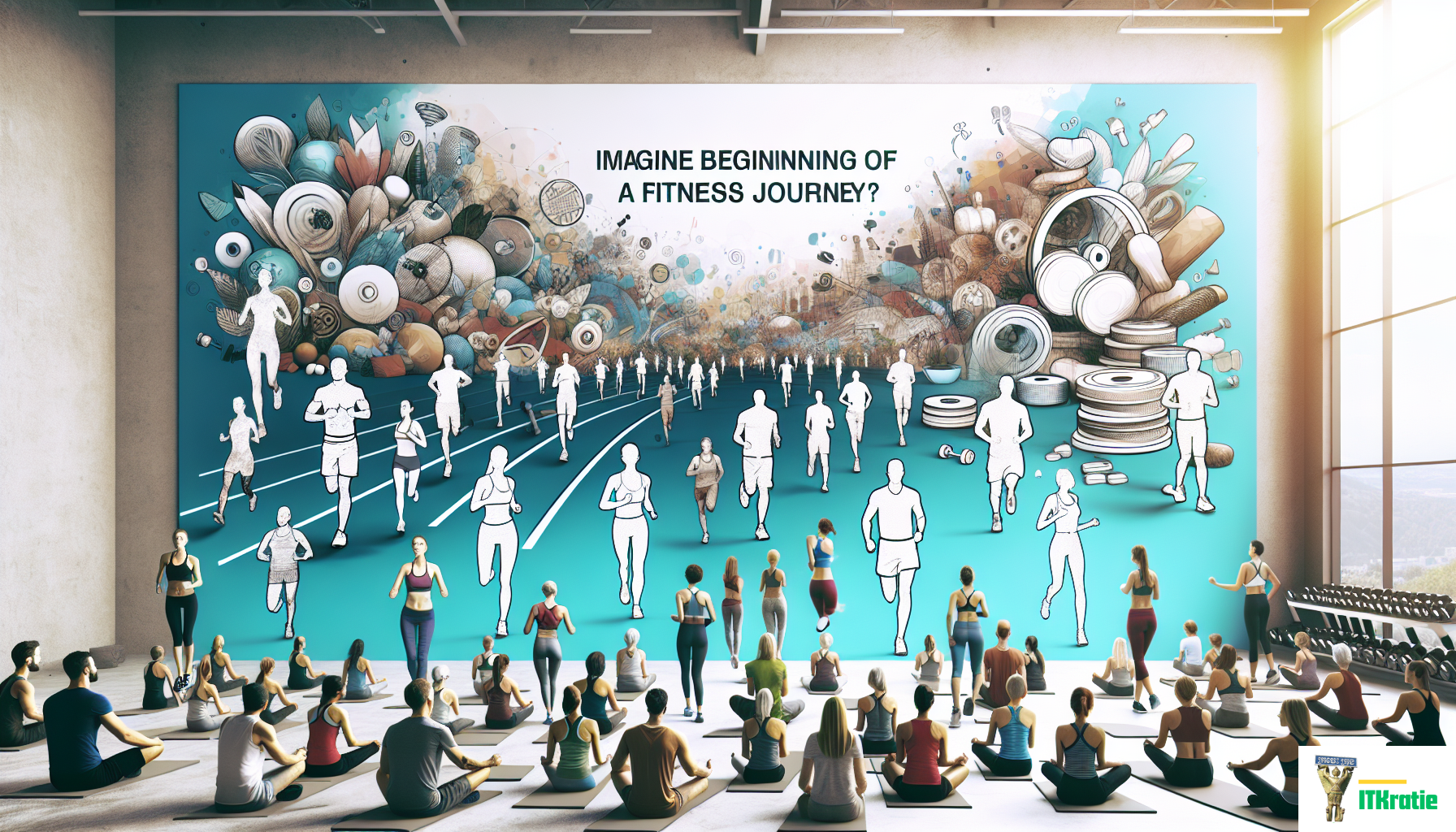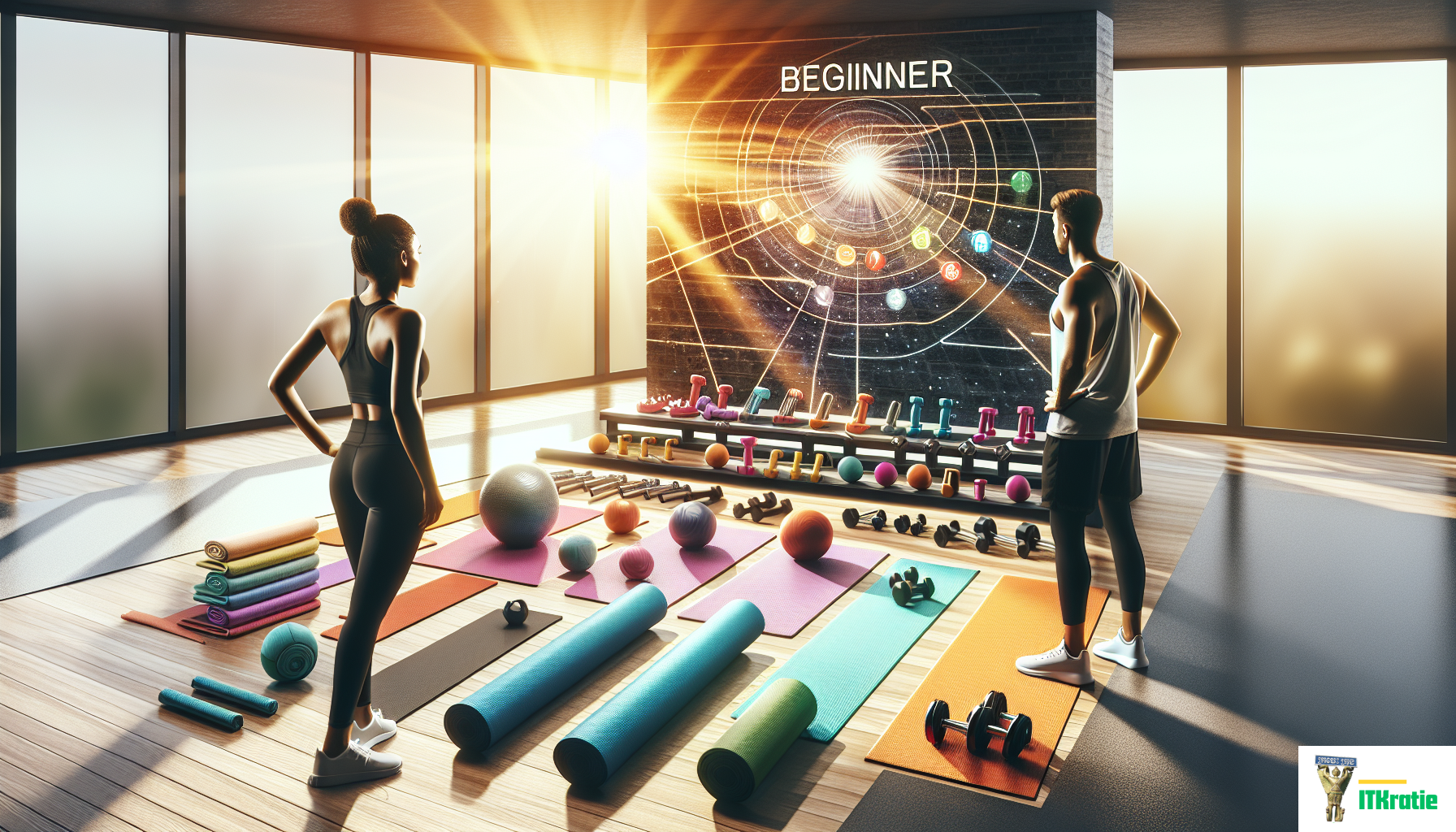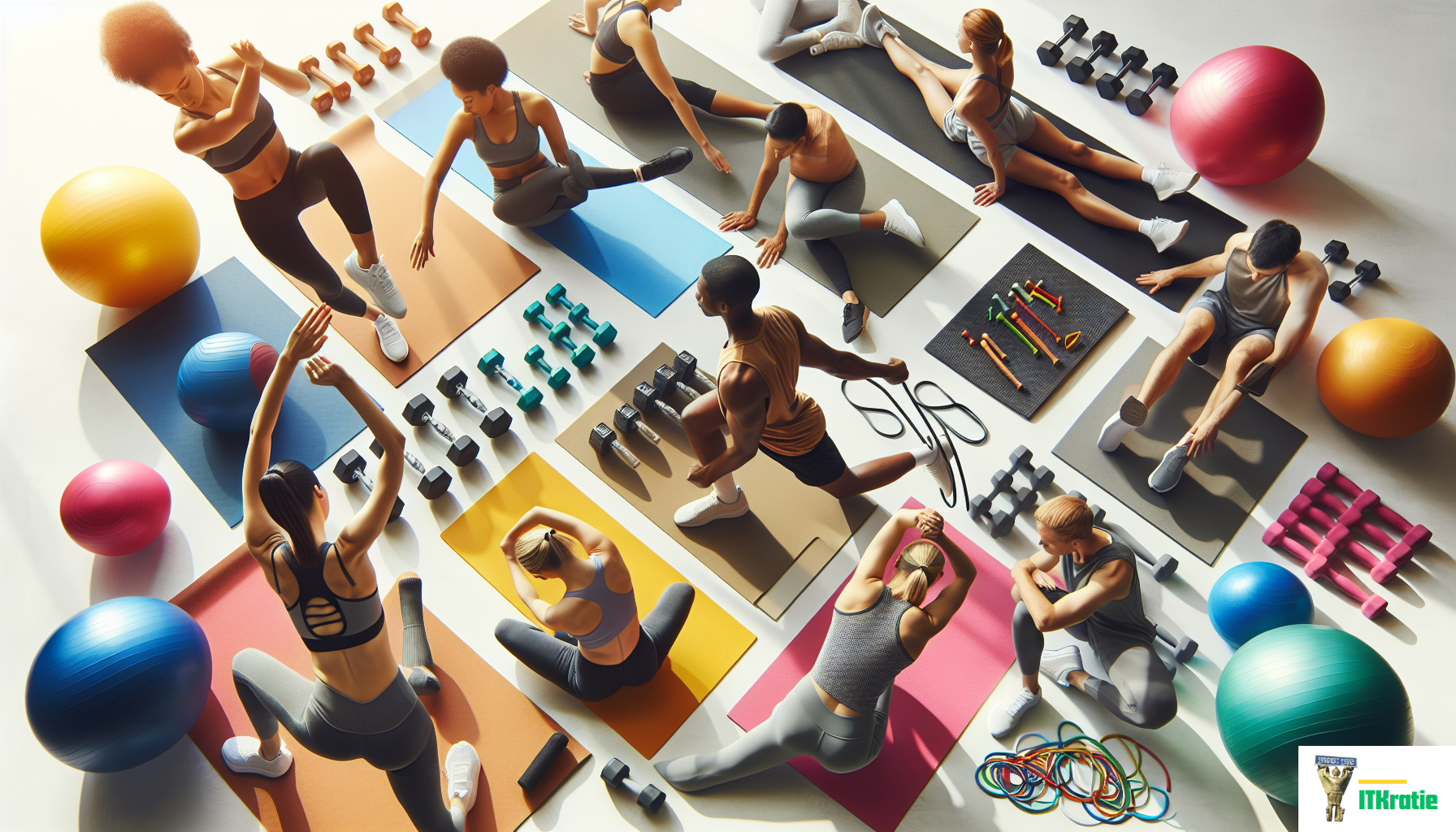Starting a new fitness routine can feel overwhelming, but fear not, as we’re here to guide you in the right direction. If you’re a beginner looking to jumpstart your fitness journey, it’s essential to choose the right exercise. The key is to start with activities that are enjoyable yet manageable for your current fitness level. Whether it’s brisk walking, cycling, or even trying out a beginner’s yoga class, finding the perfect exercise to kickstart your fitness journey is crucial for long-term success. With that said, let’s explore the numerous options available and discover which one suits you best!
Importance of Choosing the Right Exercise
When starting a fitness journey, choosing the right exercises is crucial for several reasons. Firstly, it helps in avoiding injuries. Different exercises put varying levels of stress on your body, so picking the ones that align with your fitness level and capabilities ensures you don’t overexert yourself and risk getting hurt. Secondly, it allows you to build a strong foundation. By selecting exercises that target different muscle groups and aspects of fitness, you can establish a well-rounded fitness routine that sets you up for long-term success. Lastly, choosing the right exercises helps in finding and maintaining motivation. When you enjoy the exercises you’re doing and see results, it becomes much easier to stay committed and motivated on your fitness journey.
Considerations for Beginners
Before jumping into any exercise routine, beginners need to consider a few key factors. Firstly, their current fitness level. It’s important to start with exercises that are suitable for your fitness level to avoid injury and frustration. Additionally, one should consider their overall health. If you have any underlying health conditions or restrictions, it’s crucial to choose exercises that are safe and appropriate for your specific needs. Personal preferences also play a role as enjoyment is a significant factor in maintaining a consistent exercise routine. Finally, available resources such as access to a gym, equipment, or outdoor spaces need to be taken into account when planning a workout routine.

Cardiovascular Exercises
Cardiovascular exercises are essential for improving heart health, increasing endurance, and burning calories. Some excellent options for beginners include walking, which is low-impact and accessible to most people. Cycling is another great option, whether on a stationary bike or outdoors. It’s easy on the joints and can be adjusted in intensity based on fitness level. Swimming is a whole-body workout that is gentle on joints and perfect for those looking for a low-impact activity. Elliptical training provides a full-body workout without placing excessive stress on the joints. Lastly, if you enjoy dancing, it’s a fun and effective way to get your heart rate up while enjoying the music and improving coordination.
Strength Training Exercises
Strength training is vital for building and maintaining muscle mass, improving bone density, and boosting metabolism. Beginners can start with bodyweight exercises that use their own body as resistance, such as squats, push-ups, and lunges. Resistance band exercises are another great option, providing resistance that can be easily adjusted and targeting various muscle groups. Weightlifting machines at the gym allow for controlled movements and are suitable for beginners who want to focus on specific muscle groups. Free weights, such as dumbbells and kettlebells, offer versatility and can be used for a wide range of exercises targeting different muscle groups.

Flexibility and Balance Exercises
Flexibility and balance exercises are often overlooked but are essential for maintaining joint mobility, preventing injuries, and enhancing overall functional movement. Stretching exercises, whether static or dynamic, help improve flexibility and range of motion. Yoga is an excellent option for beginners seeking to improve both flexibility and balance, with various styles available to suit individual preferences. Pilates focuses on core strength and stability, enhancing overall balance and flexibility. Tai Chi combines slow and controlled movements with deep breathing, promoting relaxation, balance, and mental clarity.
Group Exercise Classes
Group exercise classes offer a social and motivational environment that can elevate your fitness experience. Zumba, a high-energy dance-based class, combines Latin and international music with easy-to-follow choreography. Kickboxing classes provide a challenging workout that incorporates punches, kicks, and bodyweight exercises. Spin classes are a popular choice for cardiovascular endurance and leg strength, using stationary bikes and varied intensity levels. Aerobic classes offer a combination of high-energy movements and bodyweight exercises to improve cardiovascular fitness and overall strength.

Low-Impact Exercises
Low-impact exercises are ideal for beginners or individuals with joint issues. Water aerobics is a gentle yet effective workout that minimizes impact on the joints due to buoyancy. Chair exercises are perfect for individuals with limited mobility or balance issues, utilizing a seated position while focusing on strength and flexibility. Gentle yoga classes, specifically designed for beginners or those with physical limitations, help improve flexibility, balance, and relaxation while minimizing strain on the body.
Interval Training
Interval training involves alternating periods of high-intensity exercise with short recovery periods. This type of workout is efficient and time-effective, as it boosts cardiovascular endurance and calorie burn in a shorter amount of time. Tabata is a popular form of interval training that lasts for four minutes, consisting of 20 seconds of intense exercise followed by 10 seconds of rest. High-Intensity Interval Training (HIIT) is another effective option, with workouts typically lasting 20-30 minutes and combining various exercises performed at maximum effort, followed by short recovery intervals.

Incorporating Variety
Incorporating variety into your exercise routine is not only essential for preventing boredom but also for targeting different muscle groups and challenging your body in new ways. By trying different exercises and workout modalities, you can keep your routine fresh and exciting. This may involve alternating between cardio, strength training, and flexibility exercises throughout the week or incorporating different exercise classes into your schedule. By targeting different muscle groups and engaging in different types of exercise, you can ensure a well-rounded and effective workout routine.
Working with a Trainer or Coach
If you’re new to exercise or unsure where to begin, working with a trainer or coach can be a valuable investment. They can provide professional guidance, assess your fitness level, and design a personalized exercise program tailored to your goals and needs. A trainer or coach will help ensure you’re performing exercises correctly, reducing the risk of injury and maximizing results. They can also monitor your progress, make adjustments as needed, and provide the support and motivation necessary to stay on track. Additionally, a trainer can guide you on avoiding common mistakes often made by beginners, helping you achieve your fitness goals safely and efficiently.
Choosing the right exercises is crucial for beginners embarking on a fitness journey. By considering their fitness level, overall health, personal preferences, and available resources, beginners can select exercises that align with their needs and goals. Whether focusing on cardiovascular exercises, strength training, flexibility and balance, or incorporating variety into their routine, beginners can establish a solid foundation for long-term success in their fitness journey. And with the help of a trainer or coach, they can receive personalized guidance, monitor their progress, and avoid common mistakes along the way. So start your fitness journey with confidence by choosing the right exercises for you and enjoy the many benefits of an active and healthy lifestyle.
